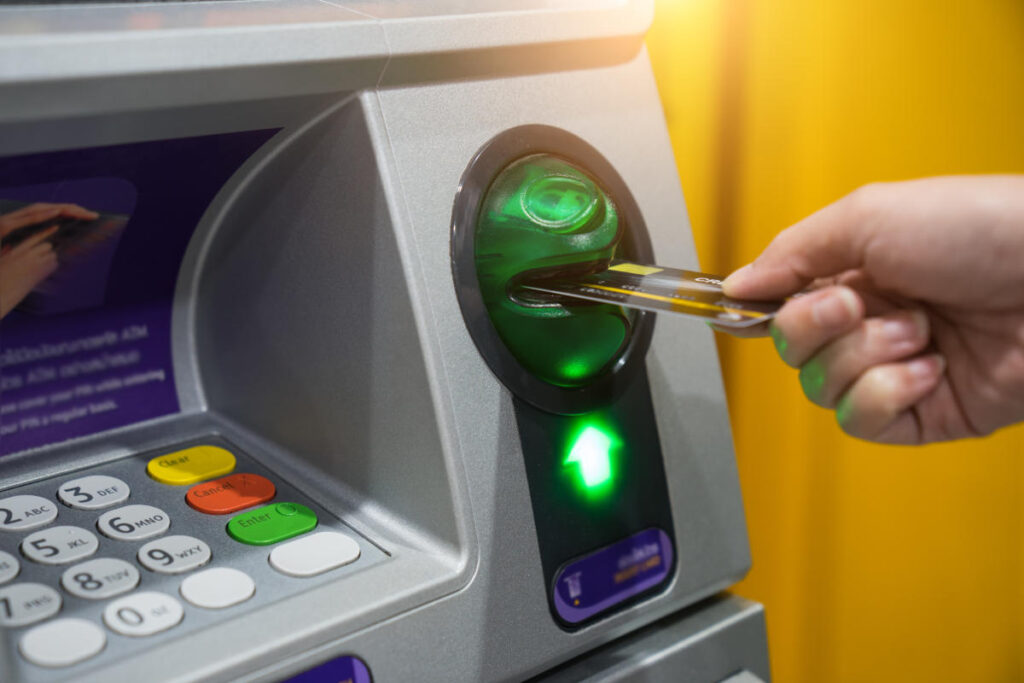High-yield savings accounts (HYSAs) have gained popularity among savers looking to earn higher interest rates compared to regular savings accounts. When you open a checking account, obtaining a complimentary debit card is usually standard; however, HYSAs typically do not come with debit or ATM cards. This limitation is due to their design, as HYSAs are intended for long-term savings rather than everyday spending. Though some financial institutions may offer HYSAs with ATM cards, they are rare. For many consumers, a more practical approach is to open both a high-yield savings account and a checking account at the same bank. This arrangement allows the user to access their HYSA funds via the checking account’s debit card, providing greater flexibility in managing their finances.
Understanding the difference between ATM cards and debit cards is crucial when considering access to funds in a HYSA. An ATM card lets users perform basic transactions at ATMs—such as deposits and withdrawals—while also providing account balance information. However, the functionality of ATM cards is quite limited compared to debit cards. For instance, a debit card can perform all functions of an ATM card, but an ATM card cannot execute debit card transactions. Considering these differences, an ATM card might be necessary for individuals wishing to access their HYSAs, especially when a bank does not offer a debit card for the account or when ATM access is essential.
Many people may find themselves needing an ATM card for their high-yield savings account under certain circumstances. A customer may not be able to obtain a debit card due to not having a checking account with the bank offering the HYSA. Additionally, if an individual requires regular ATM access due to frequent cash transactions or because their bank doesn’t accept mobile check deposits, an ATM card would be beneficial. Despite having an ATM card, users should remain aware of potential challenges in accessing their HYSA funds, as not all ATMs provide cash and check functionalities. Furthermore, deposits made via ATMs may also face delays before funds become available, which can complicate financial planning.
ATM withdrawal limits are another aspect to keep in mind when considering how to access HYSA funds. Many banks impose limits on ATM withdrawals, which can fluctuate based on account activity and balances. For example, with LendingClub, if an account balance falls below a certain threshold, the ATM withdrawal limit can be adjusted significantly. Similar policies are in place with other financial institutions, such as Alliant Credit Union, where negative ChexSystems reports may influence withdrawal limits as well. Therefore, individuals interested in using an ATM card must be mindful of these regulations, as they can impact accessibility to their funds.
Finding HYSAs that include ATM cards can be a challenge, but targeting credit unions and online banks could enhance your chances. It is essential to thoroughly investigate various financial institutions and their offerings to determine which accounts provide the desired features, including reasonable fees, competitive interest rates, and favorable ATM deposit and withdrawal limits. Institutions like Synchrony may offer ATM access with specific conditions, while others like LendingClub provide unique access to both savings and checking accounts. Understanding these features will empower individuals to make informed choices about their savings strategies.
If access to an ATM card or debit card isn’t available, individuals can still perform several transactions electronically through online banking or mobile apps. Most modern banks provide web-based services that allow for easy management of accounts. For those who prefer traditional banking methods, visiting a physical branch may also be a feasible option. Alternatively, individuals may consider opening a money market account, which tends to come with more flexible access to funds, including debit cards and check-writing capabilities. Overall, while managing a HYSA can present some limitations regarding access, users have several strategies available to effectively navigate their financial needs.

